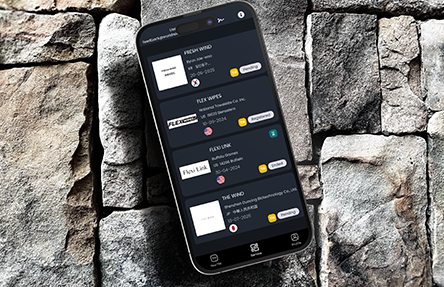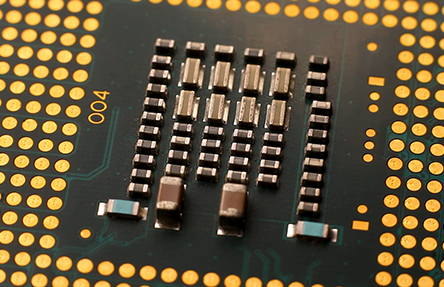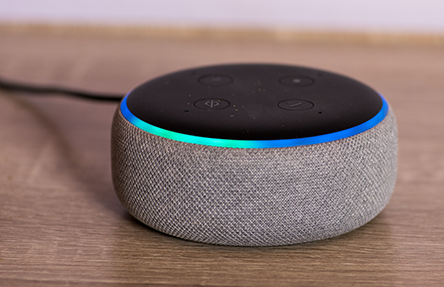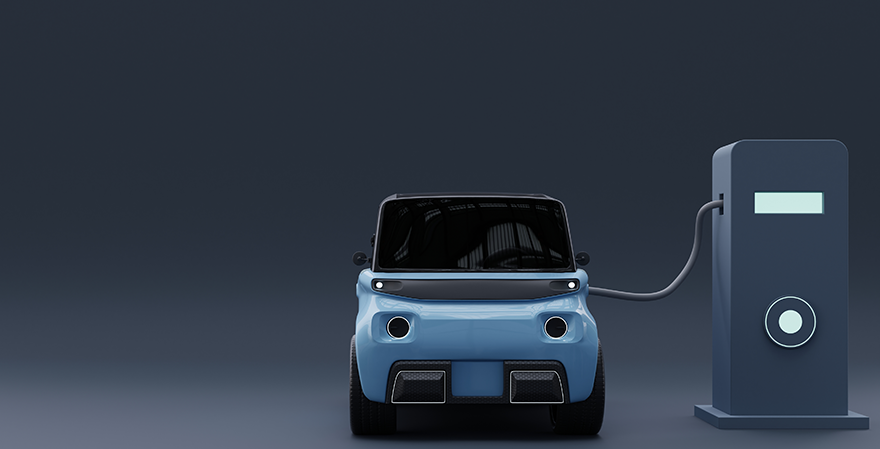Luckin Coffee Plants Its Flag in Manhattan, Steps Into Starbucks Territory
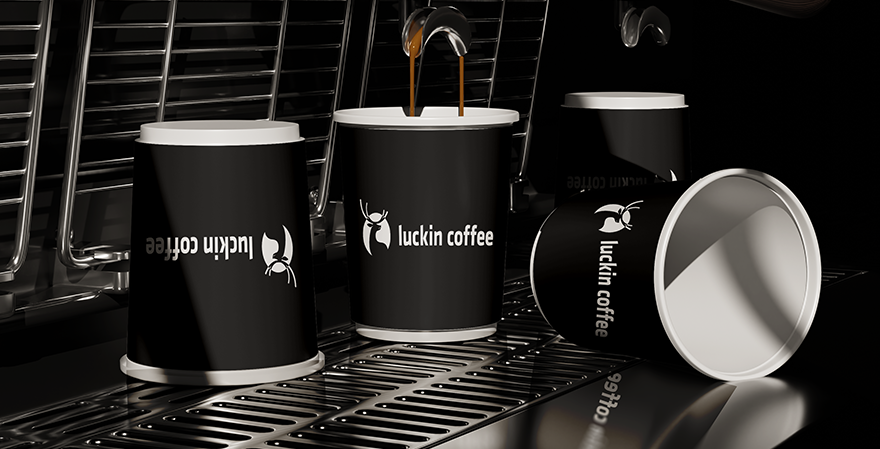 Jul/29/2025
Jul/29/2025
Luckin Coffee, China’s largest coffee chain, has arrived in Manhattan with wallet-friendly drinks and app-based service that trims wait times to minutes. Its U.S. launch could spark a new price war in a market where Starbucks has long held sway.
For New Yorkers used to $6 lattes, Luckin Coffee’s $1.99 iced drinks are a wake-up call. The Chinese chain, now Asia’s largest with more than 24,000 outlets, has opened two stores in Manhattan that skip cashiers and rely solely on a mobile app. Wait times average three to five minutes, and the coupon-stacked app keeps customers coming back for daily discounts. Drinks range from iced coconut lattes to fruity cold brews, signaling a strategy to attract adventurous and price-conscious buyers alike. A tag cloud of Luckin’s pending and registered textual trademarks in the U.S. underscores that this debut isn’t a trial balloon but part of a broader, carefully trademarked expansion plan. It’s a play that mirrors Luckin’s meteoric rise in China, where it dethroned Starbucks in just six years.
Starbucks, still the undisputed leader with 17,000 U.S. cafés and $36.2 billion in annual revenue, isn’t ceding ground easily. But challenges are mounting: same-store sales have slipped for five consecutive quarters, and in China, its share of the market has shrunk from over 40% in 2017 to 14% in 2024, while Luckin and Cotti Coffee surged ahead. Luckin, generating $4.7 billion in revenue last year, is betting that price-sensitive Americans — already drinking nearly two cups of coffee daily — will be lured by a cheaper, faster, and more personalized experience. The stakes are high: the U.S. coffee industry is worth $84 billion a year, and consumer tastes are shifting toward plant-based milks, sugar-free options, and boutique flavors. Following tag cloud shows trends and patterns of naming coffee-related trademarks in the U.S. in 2025, underscoring how innovation and branding are becoming as critical as the beans themselves.



